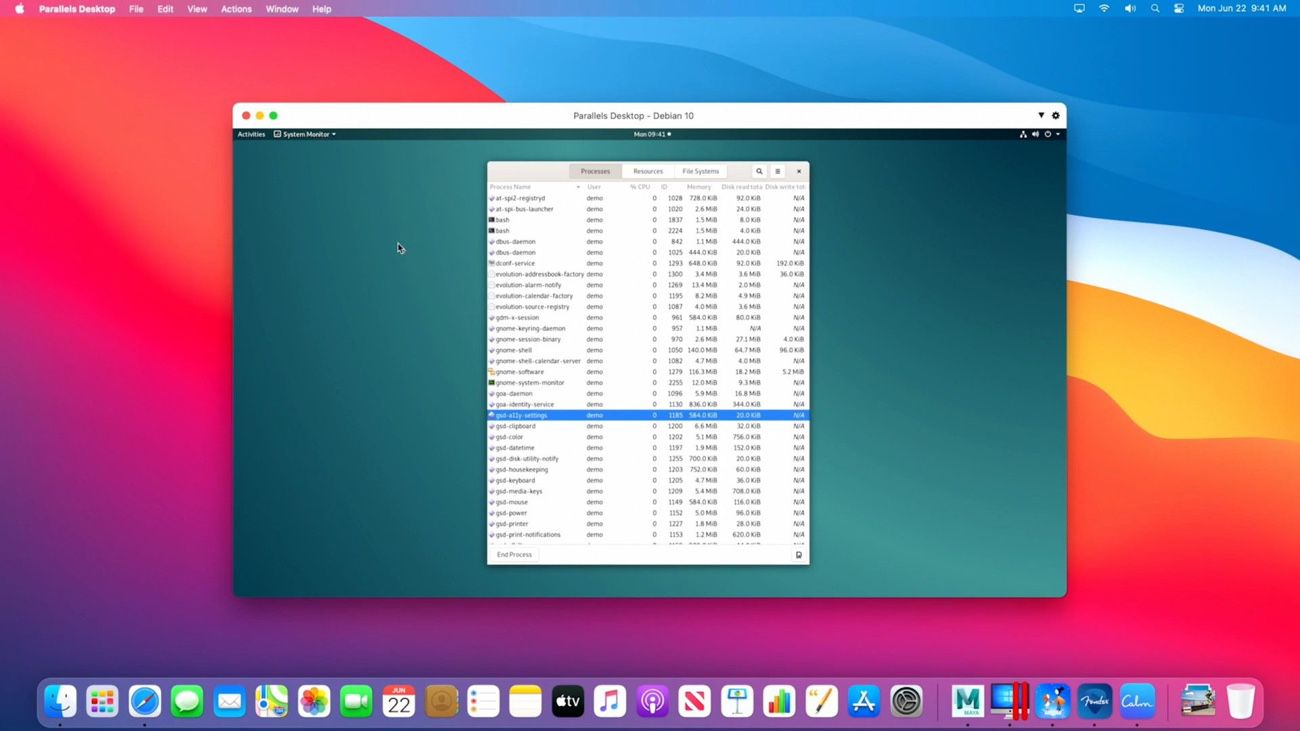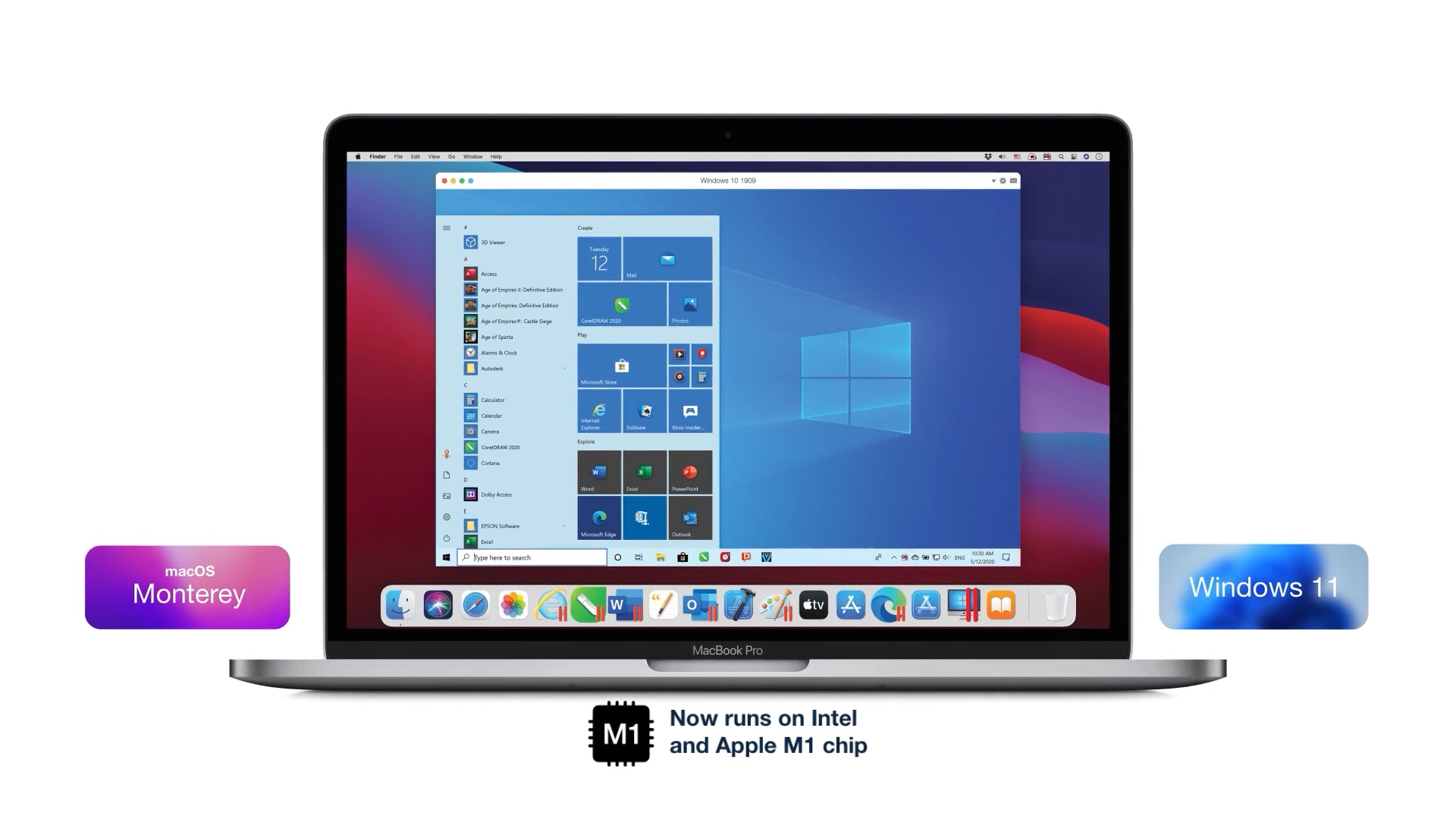

The benefits of native support should be especially evident in Parallels Desktop, since virtualization software tends to use a significant amount of hardware resources. Ever since Apple announced its first Macs powered by in-house ARM processors, more and more companies have had to update their apps to run natively on they new silicon, since Intel-based apps have to be emulated, this resulting in some performance overhead. Microsoft has recently released a new emulator to bring support for 64-bit x86 programs for Windows 10 ARM.Parallels has announced that version 16.5 of its virtualization software, Parallels Desktop for Mac, is now generally available, bringing with it native support for Apple's new M1 chipset. This means that a lot of apps that are 64-bit will not work. Currently, only 32-bit programs are supported by the Windows 10 ARM version. Even if there is support planned for Boot Camp, you can only run the ARM version of Windows 10 that has its own limitations. Boot Camp is not supported on the Mac devices with Apple M1 chip. However, the entirely different architecture of M1 Macs makes them unable to run Windows. This was because both the Intel Macs and PCs had the same hardware architecture. Intel-based Macs used a feature called “Boot Camp” to install and use Windows on Mac. While existing Mac apps that haven’t upgraded support for Apple Silicon can still be run using the built-in translator called Rosetta 2. However, the shift from the x86 Intel architecture to ARM architecture to gain greater battery efficiency and tighter optimizations have made many apps incompatible to run on the new Mac computers.

The introduction of the Apple Silicon aka Apple M1 Chip has been revolutionary for Apple’s new lineup of Mac M1 devices – MacBook Air, MacBook Pro 13”, and Mac mini.


 0 kommentar(er)
0 kommentar(er)
